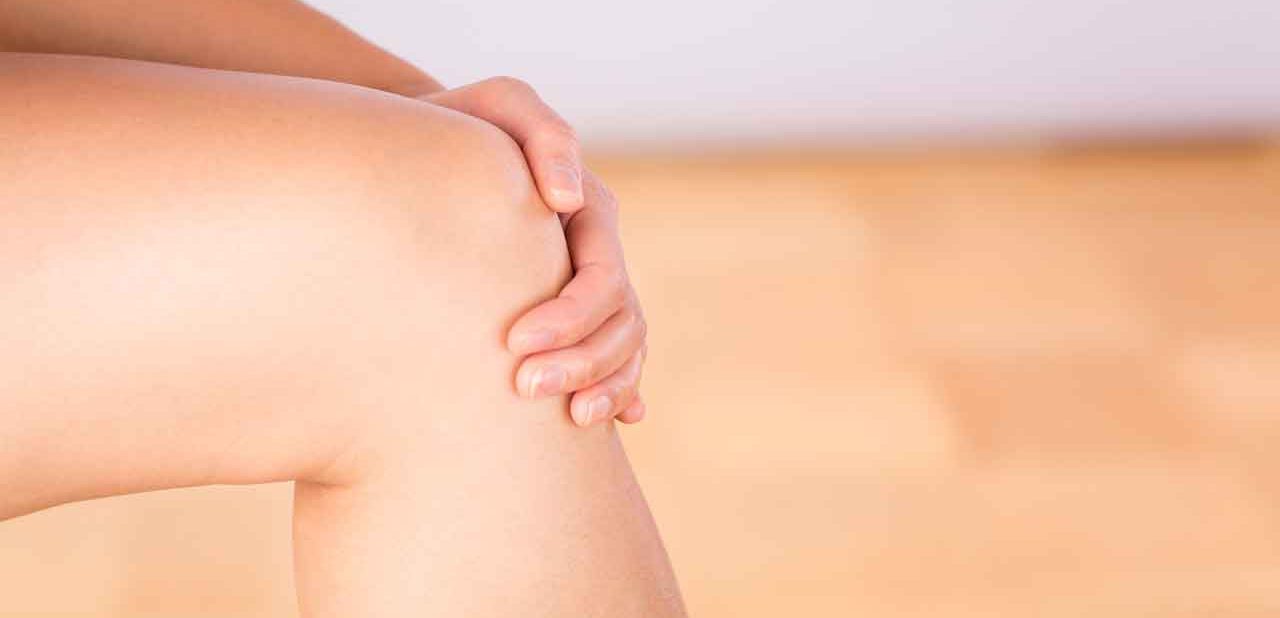How to Relieve Knee Pain

Many Americans walk around with torn menisci and osteoarthritis in their knees. But you don't have to suffer. Here's how to relieve your knee pain.
Knee pain, like most pain, is a bit mysterious. Let’s say you frequently feel a stab of pain when you walk, kneel, or climb stairs, often enough that you go to see a doctor. You might assume you need imaging like an x-ray to look for arthritis or torn cartilage.
In reality, you probably don’t need diagnostic imaging, unless you’re young or the pain occurred suddenly. (An ultrasound may help your doctor provide a steroid injection.)
Low-tech options, including steroid injections, are often your best bet.
YOU MIGHT ALSO LIKE: Why Does My Knee Hurt?
If you’ve torn ligaments in your knee
There’s not much of a link between pain and the structural problems that often show up on diagnostic images. About a third of Americans middle-aged and older have some kind of rip or other damage to the meniscus, a rubbery cushion in your knee where your thigh and shin bones connect. They’re essentially shock absorbers. That damage can lead to arthritis, which affects about a quarter of U.S. adults.
If you know you have knee arthritis, your chance of having a tear is as high as 80 percent.
Many Americans are walking around with torn menisci and osteoarthritis in their knees — without experiencing any pain.
In an analysis of knee MRIs for nearly a thousand participants ages 50 to 90, 61 percent of the tears showed up in people who had no pain, aching, or stiffness during the previous month.
In a separate study, researchers concluded that MRIs often find osteoarthritis that doesn’t turn up during an x-ray, but, even so, it is not strongly associated with knee pain.
Research suggests that tests are not especially useful for older people, although they might be if you have knee pain before middle-age.
Low-tech options to stop knee pain
- Leg exercises
- Overall exercise
- More sleep
- Weight loss
According to Mitchell Yass, DPT, most of his patients with knee pain can reduce their pain if they strengthen their hamstrings, the muscles on the back of their legs, and stretch their quads, on the front of their thighs. Yass is the author of “The Pain Cure Rx: The Yass Method for Diagnosing and Resolving Chronic Pain.”
The exercises shouldn’t hurt while you do them.
If your knee pain is intense, you can use NSAID pain relievers. But you might ask an orthopedist for specific exercises or work closely with a good trainer. Gyms have machines to work your knees, but they aren’t essential. You can use resistance bands or an exercise ball at home, or you can start without any equipment at all.
A simple home method for hamstring curls
Lie on the floor on your stomach with your hands palm down in front of you, slightly wider than your shoulders. Bend one or both knees and lift your feet up behind you, keeping your knees on the floor.
You can wrap a weight around each calf. For illustrations of three hamstring curl examples, see here.
Exercising your quads
Weak quads can also cause knee pain. If you feel a pulling sensation at the top of your knee or in your thigh when you climb stairs, try strengthening your quads.
Start with a knee extension. Sit with your back against a wall, your left leg straight and right leg bent with your foot flat on the floor. Put a basketball under your left knee, bending the leg. Slowly straighten your leg. Hold, and then slowly lower. Repeat with your right leg.
You can also stand near a wall or solid piece of furniture that you can touch with one hand for balance. Reach back with the other hand, and grip the ankle on that side. Pull the heel towards your buttock, until you feel the stretch in the front of your thigh. It shouldn’t hurt; if it does, go slower or don’t stretch as far.
How bad is your pain?
To get an initial read on your knee pain, try this quiz from the American Arthritis Foundation. The quiz will give you information that may help you pinpoint the most appropriate exercise.
Some people are more sensitive to pain than others. Lack of sleep increases your sensitivity to pain, so make sure you’re getting enough sleep. Treat insomnia and sleep apnea.
Lack of exercise can also make you achier. It’s easy for pain to make you cut back — but your response should be just the opposite. Find activities that don’t hurt. Swimming and riding a bike are both easy on your knees. Walk on grass or dirt rather than concrete.
Carting around extra weight on your belly places a big burden on your knees. Any relief from those extra pounds could help keep your joints from deteriorating and improve your overall health.
Call your doctor if:
- You can’t put weight on your knee
- Notice swelling
- Can’t fully extend or flex or your knee
- See an obvious knee deformity
- Have a fever along with swelling in your knee
- You feel like your knee is unstable
Updated:
October 19, 2023
Reviewed By:
Janet O’Dell, RN